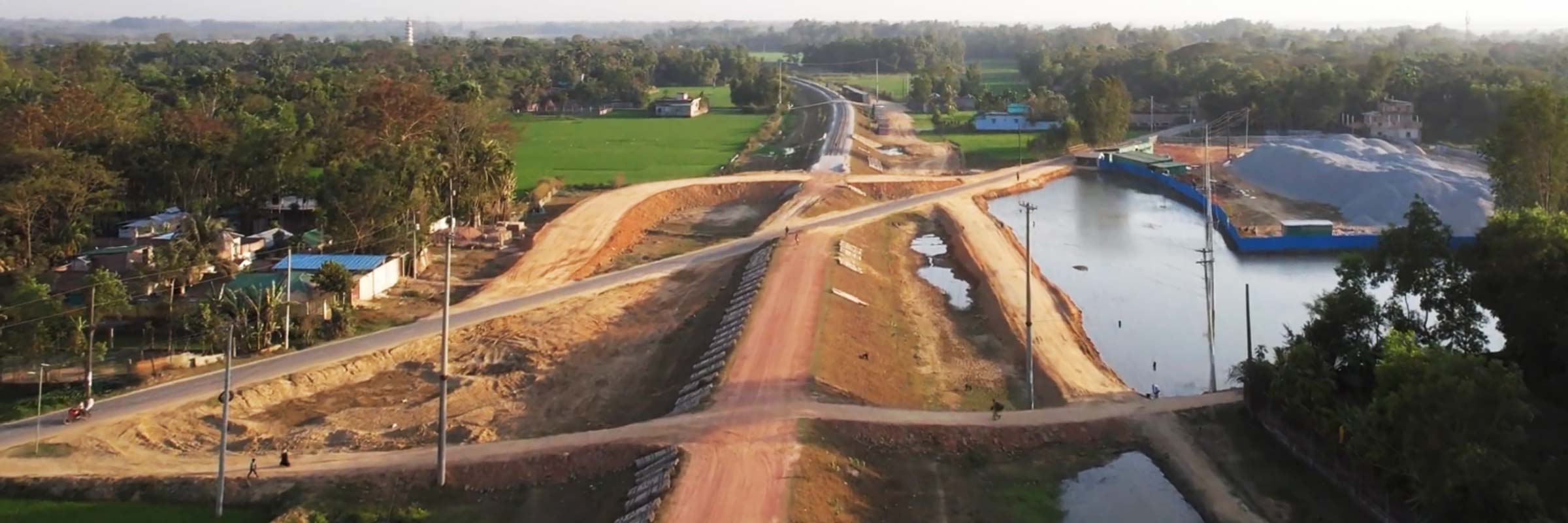




Impact
- The new railway will improve socio-economic conditions for people living in the rural areas whilst meeting rising demand for passengers and freight transportation services.
- The essential for making railway connectivity with the famous tourist spot Cox’s Bazar with the view to cater to more tourists in Cox’s Bazar and to improve the socio-economic condition of local people.
- The project helps Bangladesh to meet its targets under its 7th Five-Year plan and its railway master plan, which aim to raise the country’s freight market share to 15% and its passenger market share to 10%.
Ready
to
connect?
Talk to one of our specialists about our role on the Dohazari to Cox's Bazar Railway Line Project.




